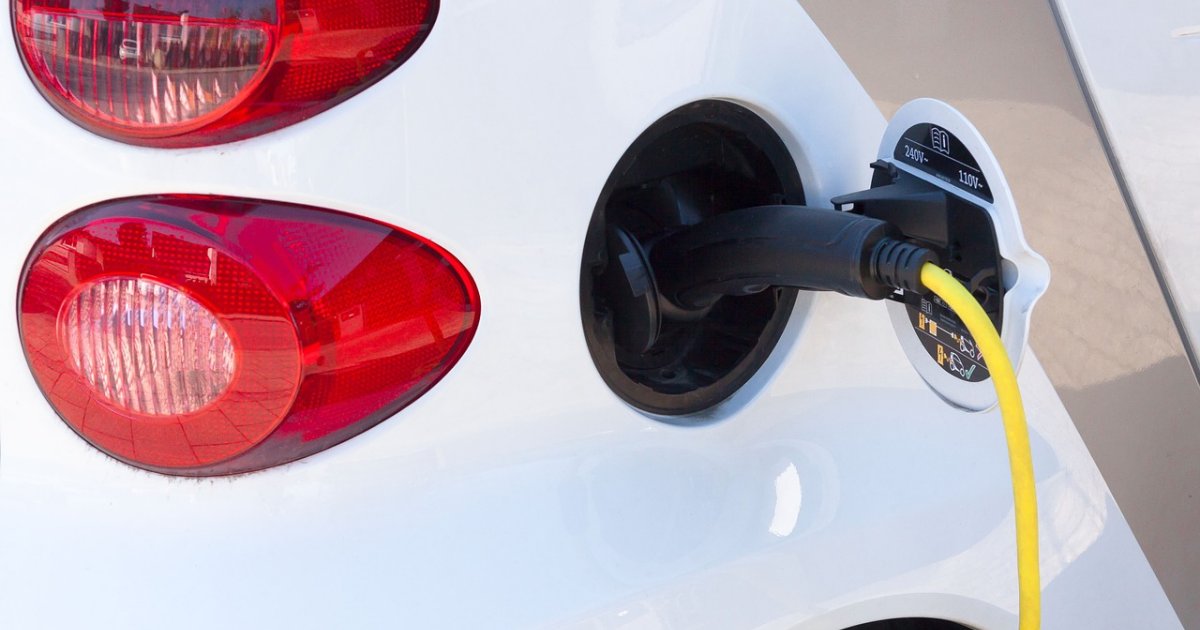
A recent survey has revealed a large proportion of drivers in South Australia are considering an electric car for their next motor vehicle purchase.
Results from the survey released by the RAA yesterday indicated 41% of motorists are considering an EV. Among the motivations for the switch are a desire to slash transport related emissions, and the better performance and cheaper running costs of electric cars.
Among the potential show-stoppers is the up-front cost of EVs, and half said lack of accessibility to charging stations would discourage them from buying an electric car.
“This is why RAA is urging the SA government to invest in fast-charging stations in Adelaide and across the state to encourage the transition to electric vehicles,’’ said RAA Mobility Technology Specialist Mark Borlace.
59 per cent of respondents indicated government provision of public charging stations would encourage them to buy an electric car.
“The quicker charging stations are rolled out the quicker will be the take up of electric vehicles,’’ said Mr. Borlace.
How Many Solar Panels Are Needed For Charging An EV?
According to the RAA, 51 per cent of the survey’s respondents said they would use solar panels or batteries when charging their electric car at home.
As for how much extra solar capacity is required for maintaining an electric vehicle, SQ’s Homeowner’s Guide To Solar And Electric Cars mentions:
“you’d need to add around 2kW of solar panels to your roof to offset the charging of an electric car that is driven ~50km per day.”
Electric Car Charging With A Home Battery
Charging an EV with a home battery mightn’t be such a good idea economically or environmentally speaking at this point in time.
The SolarQuotes guide notes while it is possible to charge a home battery using solar energy during the day for recharging an EV at night, it is unlikely to be cost-effective compared to receiving a feed-in tariff for surplus solar electricity exports and using a using a controlled load tariff to charge an EV from the grid.
SQ’s Ronald went into greater detail last year on how charging an EV from the grid is cheaper and greener than charging from a home battery.
The enviro-friendliness of mains grid charging is particularly relevant in South Australia. More than half of the state’s electricity was from renewable sources in 2019, and this is expected to reach 100 per cent by 2030.
Australian Electric Vehicle Statistics
According to the Australian Bureau of Statistics, registrations of electric vehicles across Australia had risen sharply in 2020 to 14,253; almost double the previous year. However, EVs are still a very small proportion of the national fleet – at less than 0.1 per cent.
A recently released report by the Australian Energy Market Commission states appropriate government policies supporting EV uptake represent an opportunity to create more flexibility in the National Electricity Market and boost the integration of renewable energy into the system.

 RSS - Posts
RSS - Posts



There are good reasons to expect that much lower US oil production will eventually lead to increasing global petroleum supply scarcity and higher prices, unless petroleum-fuel dependency is drastically reduced.
The US oil and gas rig count, an early indicator of future output, fell by two to an all-time low of 265 in the week to July 2, per energy services firm Baker Hughes Co going back to 1940. That’s 700 rigs (or 72.5%) below this time last year.
See: https://uk.reuters.com/article/usa-rigs-baker-hughes/us-oil-gas-rig-count-hits-record-low-for-9th-week-baker-hughes-idUKFWN2E90KT
Since 2008, tight (shale) oil has been the foundation of US resurgent energy dominance, boosting US total oil output from about 5 million barrels per day (Mb/d) to more than 12 Mb/d in 2019.
Per “BP Statistical Review of World Energy 2020”, in 2019, USA was the world’s largest oil producer at 17.9% global share, yet had an estimated Reserves-to-Production (R/P) of only 11.1 years; and also was the world’s largest gas producer at 23.1% global share, yet had an estimated R/P of only 14.0 years. BPSRoWE-2020 defines oil production includes crude oil, shale oil, oil sands, gas condensates, and natural gas liquids (e.g. LPG and naphtha). Excludes biofuels and synthetic derivatives of coal and gas, and oil shale/kerogen extracted in solid form.
By comparison, Australia was a relatively insignificant oil producer at 0.5% global share; and was the world’s seventh largest gas producer at 3.8% global share, with an estimated R/P of only 15.6 years.
See: https://www.bp.com/en/global/corporate/energy-economics/statistical-review-of-world-energy.html
US tight (shale) oil has now peaked without making money.
See: https://www2.deloitte.com/us/en/pages/energy-and-resources/articles/covid-19-implications-for-us-shale-industry.html
Based on drill rig count analysis, US total oil production will likely be about 8 Mb/d by mid-2021, or more than 4 Mb/d less than peak November 2019 levels.
See: https://www.artberman.com/2020/06/18/u-s-energy-dominance-is-over/
The COVID-19 crisis and the oil price collapse are accelerating the pace of bankruptcy filings in the US shale sector this year. The number of filings had already started to trend up in 2019 after a drop in prices in late 2018, but this year, the US energy industry is establishing some grim records as debt-loaded, cash-poor producers face a day of reckoning from the borrowing enthusiasm of the past years.
See: https://oilprice.com/Energy/Energy-General/40-Oil-Isnt-Enough-To-Prevent-A-Wave-Of-Shale-Bankruptcies.html
It seems certain that the US will not be the oil superpower it was before 2020.
I’d suggest the longer-term economic benefits of purchasing new ICE vehicles are evaporating. Likely increasing petroleum fuel scarcity and higher prices in the next few years will make EVs a ‘no-brainer’.
Hey, controlled load sounds like a good idea if the only option is to charge overnight, is this legal yet?
There should be no problem putting an electric car charger on a controlled load at this time. However, home batteries can’t be connected to a controlled load.
In September 2019, I was disappointed to find out that access to our controlled load circuit would NOT be supported for EV top ups.
POWERCOR is the distributor in Shepparton 3630, Northern Victoria.
Thanks for that information. Clearly it will depend on the location.